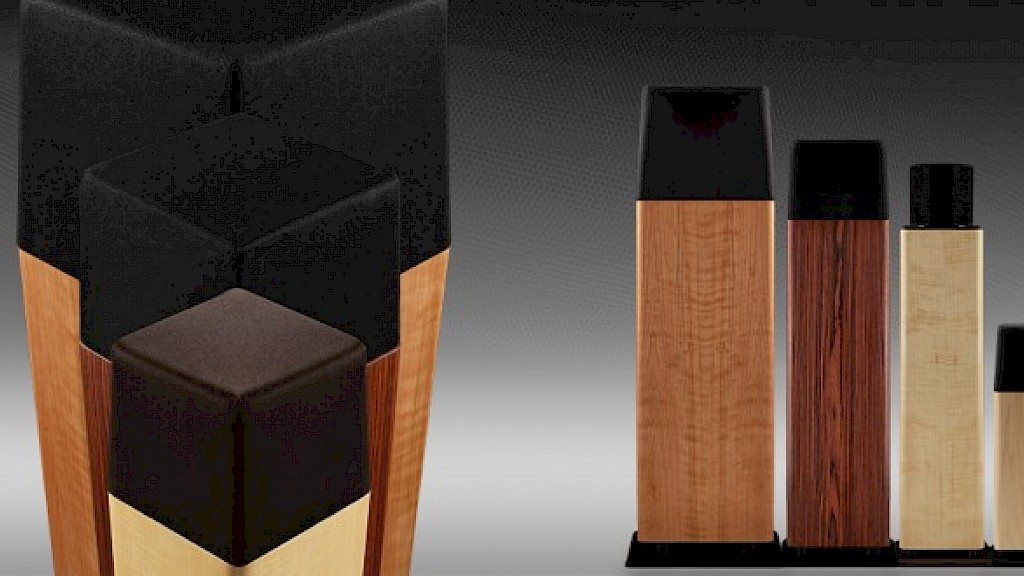New Technology, New Music
New technology and changing needs have always changed musical instruments, performance and the way we “hear” music. The harpsichord gave way to the more modern – and louder – piano; horns got valves; and electronics have been introduced into the world of instrumentation and performance.
As performance spaces became larger and larger in the 18th and 19th centuries, musicians wanted more efficient instruments that could fill the spaces to the same levels as the smaller rooms. Instrument design changed to fulfill this demand. By the turn of the 20th century, electrical systems were being introduced to increase the sound levels.
Around 1931, George Beauchamp, working with Adolph Rickenbacker, produced a functioning guitar with electrically amplified strings. Around 1940, Les Paul mounted strings and pickups on a solid block of wood to get pure string sound. These required amplifiers and speakers to be heard. There was a debate on the legitimacy of these as guitars. But the benefits won the day.
Every guitar/amp/speaker has its own sound and it is common for a performer to use his system that is then miked for the house Public Address system. I am not a fan of PA systems (as I have never heard one that sounded like live music); but am very happy to listen to guitars played with the performer’s selection of guitar/amp/speaker. One caveat: the vocals without amplification should still be on top of (louder than) the instruments.
More than a generation ago, Robert Moog caused a sensation by creating a music synthesizer that could credibly be used to perform works by Bach. New England Digital’s Synclavier expanded the possibilities. Now computers can do almost anything the performer or composer desires.
This February 27, four Ohm Walsh speakers will be participating in a live performance of a string octet, composed by Spencer Topel, at New York University’s Skirball Hall as part of “Spatialized 2015.” The FLUX Quartet, two violinists, a violist and cellist, will perform (without amplification). Each instrument will have its own microphone that is fed to a computer under the control of Topel. He manipulates the signal and sends it to the appropriate Ohm speaker. The manipulation is independent for each performer and varies through the length of the piece. So, each Ohm becomes both a ghost of the live performer as well as distinct variation. http://nyuskirball.org/calendar/spatialized2015
Once an anomaly, now more commonplace, electronics have become an accepted part of performance and a whole slew of electronic devices are part of a composer’s arsenal of instrumentation. Yes, there are those who mourn for the sackbut. And for them, antique music groups have flourished all over the world.
But new technology and new requirements make new instruments inevitable. Composers and performers will come to use them and create works of art that will stand the test of time.
Enjoy & Good Listening!
John
Subscribe to Ohm News & Views to get the latest posts in your inbox
John Strohbeen Author
John Strohbeen was the President and Chief Engineer of Ohm Acoustics from 1978-2023.


